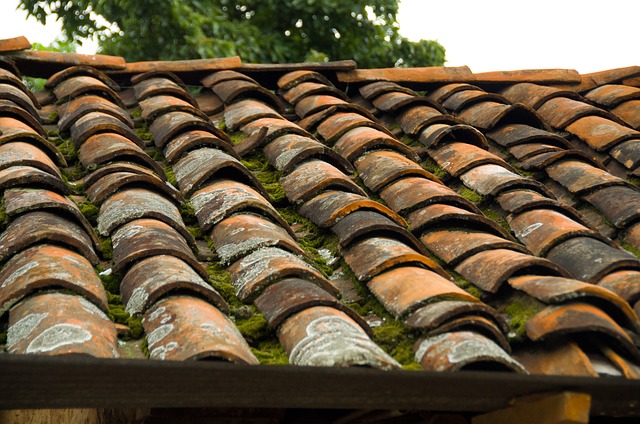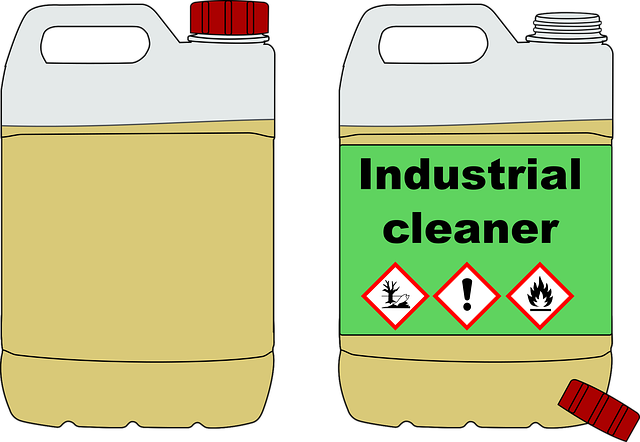The MC306 Dome Clamp Hazmat Training Equipment is a specialized tool for enhancing safety in hazardous material (hazmat) management by allowing trainees to practice securing and handling hazmat valves in controlled environments, mimicking real-world scenarios. This equipment is vital for developing skills in fastening valves, preventing leaks, and ensuring personnel safety during emergencies involving toxic, flammable, or corrosive substances. It offers versatile and realistic simulations, fostering a culture of safety and preparedness among first responders, hazardous material handlers, and emergency management teams, making it an essential tool for risk reduction.
“Unveiling the MC306 Dome Clamp Hazmat Training Equipment: Your Comprehensive Guide. This specialized device is a game-changer in emergency response training, offering realistic simulations for efficient hazmat valve training. Ideal for first responders, it provides an immersive experience to master hazardous material management.
In this article, we’ll explore the key features ensuring effective learning, benefits of this innovative equipment, and proven techniques to enhance hazmat valve training skills.”
- Understanding MC306 Dome Clamp Hazmat Training
- Key Features and Benefits of the Equipment
- Effective Hazmat Valve Training Techniques
Understanding MC306 Dome Clamp Hazmat Training

The MC306 Dome Clamp Hazmat Training Equipment is a specialized tool designed to enhance safety in hazardous material (hazmat) management. This innovative device allows trainees to practice securing and handling hazmat valves in a controlled environment, mimicking real-world scenarios. By employing the MC306 dome clamp, individuals can develop proficiency in quickly and securely fastening valves, which is crucial for preventing leaks and ensuring the safety of personnel and the surrounding area during emergency situations.
Hazmat valve training equipment like the MC306 plays a pivotal role in preparing first responders, hazardous material handlers, and emergency management teams for effective incident management. Regular training sessions with this equipment enable professionals to stay adept at their tasks, fostering a culture of safety and preparedness. Understanding how to operate such tools is essential, as it directly impacts the effectiveness of response strategies during crises involving toxic, flammable, or corrosive substances.
Key Features and Benefits of the Equipment

The MC306 Dome Clamp Hazmat Training Equipment stands out in the realm of hazardous material (hazmat) handling education due to its innovative design and comprehensive features. This specialized equipment simulates real-world scenarios, enabling trainees to gain practical experience with hazmat valves and containment procedures. One of its key advantages is the versatility it offers, allowing for diverse training exercises, from basic valve operation to complex emergency response simulations.
By incorporating the MC306 into hazmat valve training programs, organizations can ensure their personnel are well-prepared to handle various hazardous substances safely. The equipment’s durable construction and precise functionality cater to professional needs, fostering a culture of safety in environments where hazardous materials are present. This investment in top-tier training gear pays dividends in risk mitigation, making it an indispensable asset for any team engaged in hazmat handling.
Effective Hazmat Valve Training Techniques

Effective Hazmat valve training is paramount for ensuring safe handling and response to hazardous materials incidents. The right equipment, including specialized hazmat valve training equipment, plays a crucial role in mastering these critical skills. Simulating real-world scenarios with immersive hazmat valve training equipment allows trainees to practice opening, closing, and isolating valves under controlled conditions, fostering muscle memory and confidence.
Interactive modules that incorporate hands-on manipulation of various valve types and connections help trainees become proficient in identifying different hazard classes and responding appropriately. Additionally, incorporating virtual reality or augmented reality technologies into hazmat valve training equipment can offer dynamic, engaging experiences, enhancing learning retention and preparability for unpredictable field situations.













